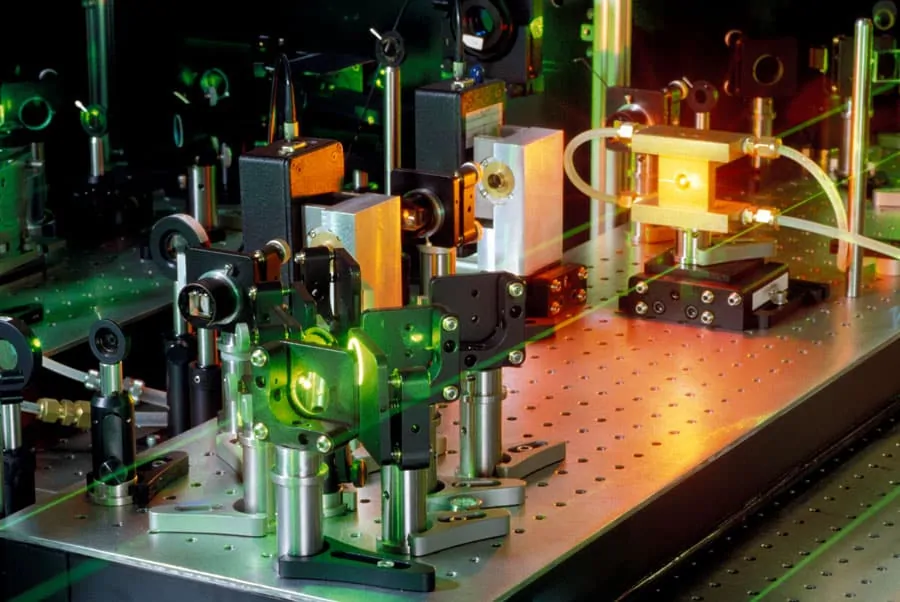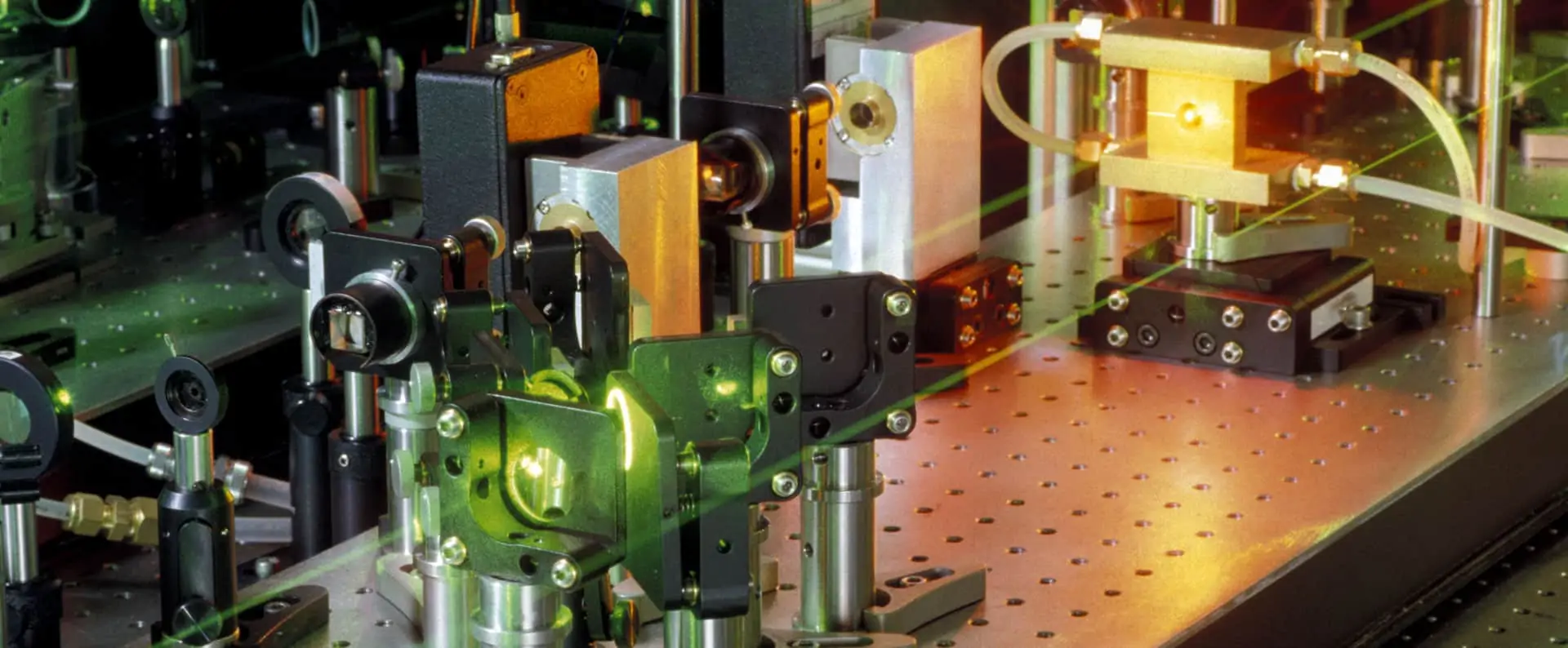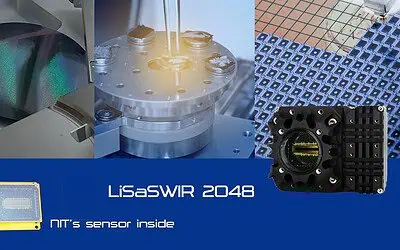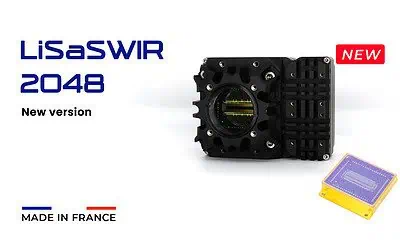Laser alignment is a vital process in many industrial and scientific applications as it ensures two or more components of a machine are aligned accurately. There are several internal and external techniques involved in laser alignment, including alignment for belts, pulleys, shafts, or other pieces, and applying the most suitable technique will reduce the risk of misalignment and support optimal performance. Unfortunately, misalignment can occur due to fuel leaks, machine failure, and wear and tear; the consequences include unplanned downtime, costly repairs, and poor-quality products. In this blog post, we will look at how laser alignment works, its applications, and its benefits.
Laser Alignment
Laser alignment is a quick and accurate way to test equipment and ensure machinery components are running on the same axis, thus making it both a preventative and corrective process. Laser alignment involves measuring two components in a machine to check they are horizontally and vertically straight by attaching an emitter and a sensor to each piece. Both emitters fire a laser beam across the component, and they are received by the appropriate sensor. These laser beams are compared to determine the accuracy of alignment. The results are converted to a display unit, which allows users to make corrections if necessary.
The primary target of laser alignment is to have the laser beam accurately pointing at the target component. With the latest technology, laser alignment can be conducted to within one-hundredth of a millimeter. This measurement is critical for the optimal performance of machinery and the smooth running of industry processes, and typical components that require precise alignment include shafts, seals, bearings, and belts.
Laser Alignment Applications
Many industries benefit from and require machinery to be accurately aligned, especially in construction, manufacturing, and scientific research applications. The applications include aligning machinery components, checking clearance and wear, measuring misalignment and deflections, precision surveying, and many others.
Beam Profiling
Laser beam profiling is a valuable diagnostic tool to capture, display and record the spatial intensity of a laser beam’s energy. When used with appropriate imaging software, beam profiling is used to obtain measurements such as beam size, beam wandering, and peak energy, as well as other beam properties. This information is important for monitoring a laser’s performance and service life.
Laser Tracking
Laser trackers are used to take accurate and reliable measurements of two angles and a distance to track the position of an object in a 3D space. Used alongside appropriate metrology software, the X, Y, and Z coordinates of a point are obtained, which is crucial for many manufacturing applications. This technology is highly beneficial for improving set-up times, machinery alignment, and reverse engineering measurements of existing installations, to name a few.
New Imaging Technologies: SWIR Solutions for Laser Alignment
New Imaging Technologies (NIT) is a French-based company founded in 2007 to provide state-of-the-art imaging products based on short-wave infrared region (SWIR) sensors and cameras. Our SWIR products are commonly used in laser alignment applications because they provide a solution to common problems, such as saturation and blooming effects, that standard cameras face when used with lasers.
SWIR Laser Alignment solutions
Contact a member of NIT today to learn more about the importance of accurate laser alignment and how SWIR products can enhance its processes.





